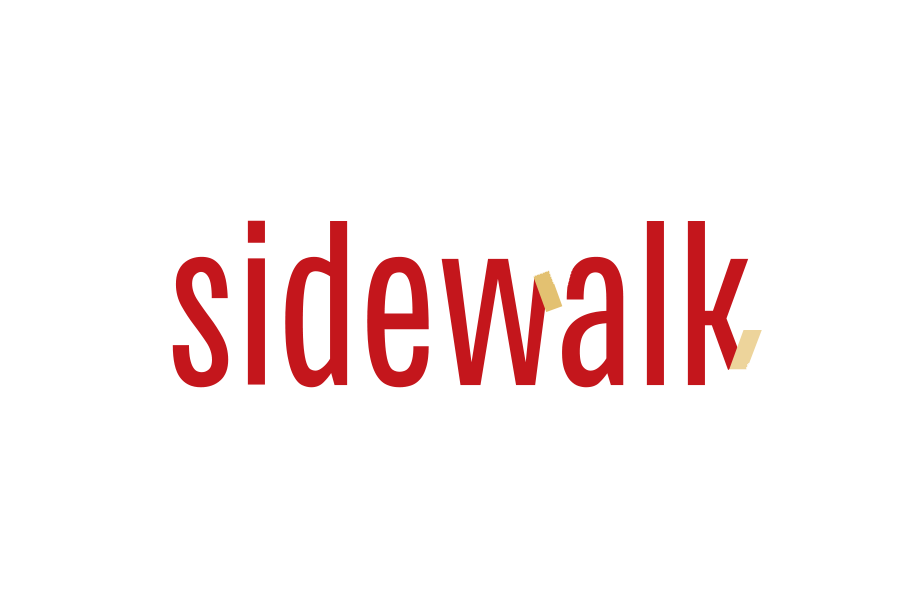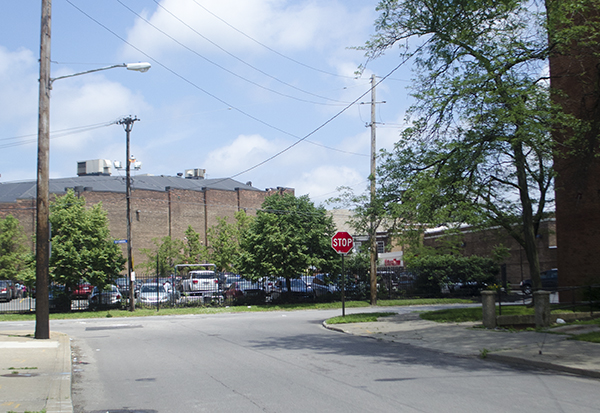I’m walking toward Buckeye Road with Vinny, my dog, when an off-leash pit bull comes streaking around the corner, straight for us.
I turn and book back toward our house.
I learned my lesson about pit bulls last year, when in my old neighborhood on the near west side, a skinny-ribbed specimen attacked Vinny from out of the blue. The stitches cost $500.
Mercifully, this one turns out to be a lot less destructive. It ends up dashing past just as I make it to our back porch, its owner riding alongside on a bicycle.
When Vinny and I reemerge, feeling yeah OK a little sheepish, a boy standing on the street smiles and asks if we were running from the pit bull.
Oh boy. I brace myself for some teasing.
“Yeah. See, one of them attacked my dog last year, so --”
“Oh, I ran too,” the boy says, pointing at the car parked next to him. “I ducked into my mom’s car. That was one mean-looking dog!”
It’s an action-packed beginning to what was supposed to be a very wonky expedition. My mission? To check out the physical connections between Buckeye and its closest neighbor, Shaker Square - the historically posh 1920s shopping district where Cleveland meets Shaker Heights.
Today, the Square has become more mixed-race and mixed-income than it was at the time of its development. It’s home to a Dave’s Supermarket, an independent cinema and a mix of local restaurants. But with its Georgian brick architecture, octagonal layout and design-reviewed signage, it still carries a rarified air - especially in contrast with the workaday former streetcar corridor that is Buckeye Road.
What’s struck me, in my short time here, is how downright circuitous it can be to get from one to the other.
Let’s say you live on E. 127th Street north of Buckeye. You might live within as little as 500 feet of the Square. But to drive there? That requires a journey of more than half a mile, circling back either west or south.
Whaaat?
Yep, it’s true. Williams Avenue, your most direct connection, is bollarded at its junction with the Square’s parking lots. Actually, those bollards are what you’ll encounter coming east on Williams from any of the side streets north of Buckeye Road. (You can walk through them, though.)
Other intersections are just as odd. E. 130th Street dead-ends at a fence that blocks the street from the parking lots.
On the other hand, E. 128th Street - a so-called "Model Block" that receives targeted investments from the City of Cleveland - terminates in a nicely-kept gazebo welcoming you to the parking lots.
It’s an odd tangle. And while the message at the blocked connections seems disturbingly clear - people southwest of the Square are, at best, half-invited in - I don’t want to jump to any conclusions.
So I call up John Hopkins over at Buckeye Shaker to get the backstory.
I’m especially curious about the bollards, and he laughs ruefully when I ask how they came about.
“The previous owners of Shaker Square put those up,” he says - not The Coral Company, the current owners, but a company that tried to remake the Square as an upscale regional shopping destination in the late 1990s.
In fact, Williams Avenue used to be blocked not only by the bollards but a full-on fence, Hopkins says.
“It was a strong signal of the views of the ownership at that time,” he says.
And a likely clue, he says, as to why their redevelopment scheme - which included a Wild Oats Market, a Joseph Beth bookstore, The Gap and Ann Taylor Loft - foundered after only a few years.
“When they were first pitching the development, they drew their market radius way out east” - into high-income Shaker Heights - “but specifically excluded anything south or west.” The excluded areas included Buckeye, which is predominantly low-income and black.
When Coral took ownership in 2004, they removed the fence and drew a tenant mix that better reflects all the neighborhoods around the Square. Hopkins says neighbors are mostly satisfied with the pedestrian-only access, but there’s been “some discussion” about removing the bollards, too.
As Vinny and I walk back home on E. 126th Street, we see a swarm of kids and a couple of adult supervisors scrubbing someone’s front porch.
First, I try a little experiment.
“Hey, do you know how to get to Shaker Square from here?” I ask the young woman who seems to be in charge.
“That’s a very good question,” she says.
She gives me some directions she says she’s not sure are correct (they are, as it turns out).
We introduce ourselves. Her name is Charmaine Davis-Bey, and she’s a coordinator for a youth enrichment program called Open Doors Academy. The Academy provides activities for middle- and high-school students living in “high-risk environments,” mostly on the city’s East Side and in its eastern inner-ring suburbs.
The project she’s currently overseeing, along with Steve Walker, another coordinator, is to bolster the curb appeal of a typical woodframe Buckeye house. A few kids are sudsing up the stairs with push brooms, while others scrape the front facade in preparation for repainting.
One wants his picture taken with Vinny.
“The idea is to give them experiences that can help build skills,” Charmaine says - while keeping them busy during the hours their parents are at work.
Each week, kids pick a different program area. The week-long “camps” range in focus from robotics to culinary arts to digital music mixing. Sometimes, kids get to travel abroad.
A day camp focusing on robotics and cooking? Sign me up!
Vinny and I are almost home when Miss Jeffries from Under the Tree Fragrances steps outside her shop, holding a few lit sticks of incense.
She smiles and waves, so I stop by to say hello. I tell her about the piece I wrote.
“You didn’t put me in there, did you?” she asks, in her trademark half-wary, half-joking way.
“Of course! How could I leave you out?”
She asks how she can read the story, and I explain about our website and blog. She has me repeat the information a few times.
“See, I don’t even know what that is. What’d you say, a blog? I told you I don’t go on computers.”
I promise to come back with print-outs, though she’s eager to see the story before then.
Back home, Seth and I talk about how we can better circulate our stories in the neighborhood - to build our audience here so we can get their feedback on how we’re portraying Buckeye and what we’re leaving out. The “digital divide,” whether due to race or class or age, remains a real issue.
It’s a question we’ll be looking to address in coming weeks, and with the help of our partners at Saint Luke’s, Buckeye Shaker and LAND studio. One solution could be to distribute printed stories at upcoming summer events. Let us know if you have other ideas!











